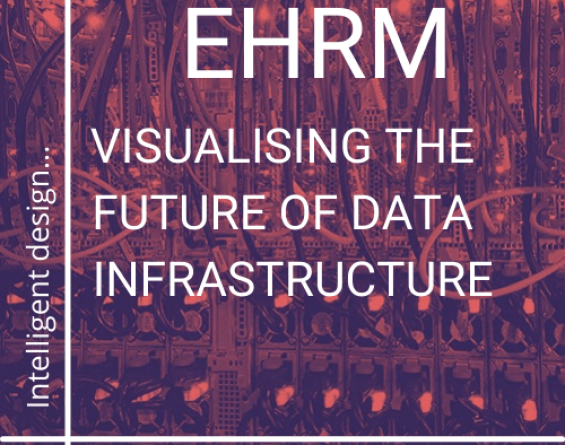Farewell & Goodbye: Lessons Learned Over a Lifetime of Cost Estimating
June 30, 2025

Apogee Consulting Group is pleased to be selected as prime design contractor for the U.S. Department of Veterans Affairs (VA) Electronic Health Record Modernization (EHRM) infrastructure upgrades at the Alexandria VA Healthcare System campus in Pineville, La. and its community-based outpatient clinics.
The project is part of the VA’s nationwide EHRM modernization initiative to establish a completely new data infrastructure that will support technology changes for decades to come and improve health data interoperability between the VA, the U.S. Department of Defense, the U.S. Coastguard and community care providers.
The EHRM upgrade creates a data infrastructure that will put patient records at the fingertips of clinicians across the nation, which means better care coordination for veterans as patient information can be stored in one central location that is easily accessible by all, enabling the seamless sharing of records from active duty and beyond, according to the VA.
Apogee has been short-listed for selection and awarded several additional EHRM projects as well including design and construction period services for infrastructure upgrades at the Richard L. Roudebush Veterans Affairs Medical Center in Indianapolis, Ind. and the Dayton VA Medical Center in Ohio.
EHRM projects present real challenges because aging VA facilities — some dating back to early 1900s and even the 1800s — and telecommunications systems were not designed to accommodate today’s modern systems or required infrastructure.
These old buildings have been pierced in a piecemeal approach over the past few decades as technology has exploded, notes Apogee Healthcare Planner Cullen Keen, AIA EDAC SEPS, so achieving the new infrastructure standards for EHRM is invasive to say the least.
“Fitting in new telecommunications rooms, each with redundant home-runs to the main computer room,” Keen says. “New cable to every data receptacle. New underground fiber loops among campus building. There are very few spaces in a VA that will not be touched as part of an EHRM project.”
The magnitude of replacement of an entire data network requires much planning, extensive field investigation, and significantly more square footage than is used presently while existing data networks must be maintained during the work. “At Apogee, we have a floor plate analysis process that we use to develop telecommunications room stacks that balance continuity of utilities with impact to existing functions,” Keen adds.
To help our VA clients better visualize their projects, Keen diagrams the new infrastructure as the nervous system of the hospital connecting all branches of the facilities back to centralized data servers. The telecommunications rooms and the fiber between them serve effectively as the spinal cord with a strong, protected route for information to distribute information effectively.
The Apogee team also brings specialized EHRM experience to these projects with highly qualified Registered Communications Distribution Designers (RCDD), all of whom are extremely well versed in telecommunications, Our our full-service architecture and engineering team is further prepped for planning, Infection Control Risk Assessment (ICRA) phasing, HVAC, and the security challenges that these projects present to ensure successful construction.
The VA is rolling out its EHRM initiative at facilities across the country through 2028.

